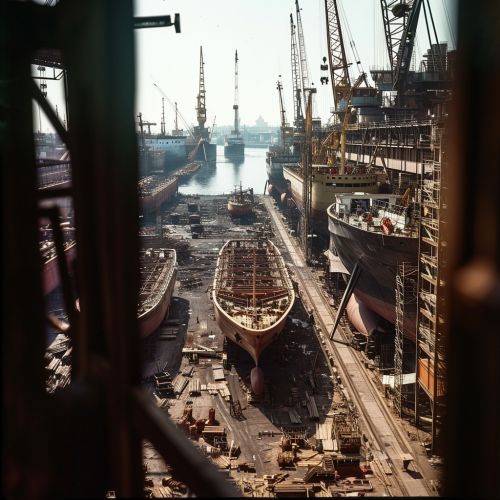Croatia
Geography
Croatia is a Central European and Mediterranean country, bordering Slovenia in the west, Hungary in the north, Serbia in the east and Bosnia and Herzegovina in the south; the country also has a long maritime border with Italy in the Adriatic Sea. These borders total 2,028 km altogether. Croatia has a strange shape (similar to a croissant) that is unlike any other country in the world, which comes as a result of five major geopolitical events in Europe's history.


Croatia has a mixture of climates. In the north and east it is continental, Mediterranean along the coast and a semi-highland and highland climate in the south-central region. Croatia's Adriatic Sea coast contains more than a thousand islands. The country's population is 4.28 million, most of whom are Croats, with the most common religious denomination being Roman Catholicism.
History
Croatia's history dates back to the 7th century when the Croats, an Indo-European tribe, settled in the area. The Croats arrived in the area of present-day Croatia during the early part of the 7th century AD. They organised the state into two dukedoms by the 9th century. Tomislav became the first king by 925, elevating Croatia to the status of a kingdom, which retained its sovereignty for nearly two centuries.
Culture
Croatian culture is the result of a fourteen century-long history which has seen the development of many cities and monuments. The country includes six World Heritage sites and eight national parks. Among the cities with particularly rich architectural history are Dubrovnik, Split and Zadar.


Croatia is also home to a variety of genres of music, and the television and film industry are achieving increasing success. In addition, the country is one of the most literate in the world, with a high rate of book translation and library membership.
Economy
Croatia has a high-income economy. International Monetary Fund data projects that Croatian nominal GDP stands at $54.758 billion, or $13,060 per capita for 2018, while purchasing power parity GDP stands at $102.113 billion, or $24,640 per capita. Real GDP growth in 2018 was 2.6%. The average net salary of a Croatian worker in November 2018 was 6,464 HRK per month, and the average gross salary was 8,680 HRK per month.


